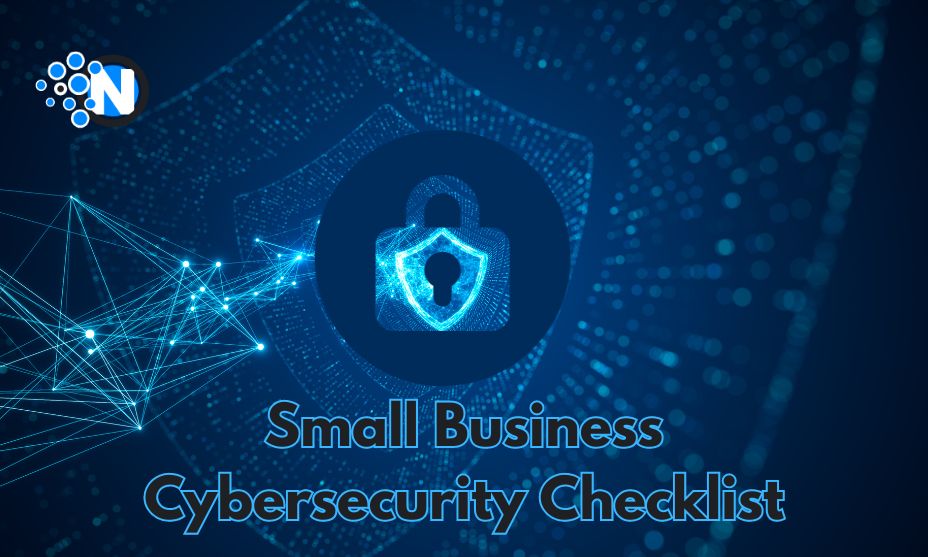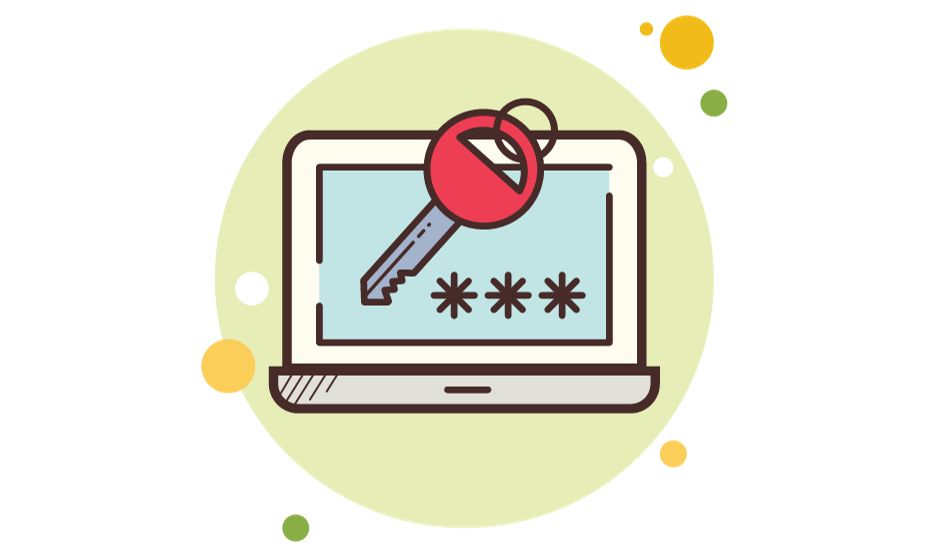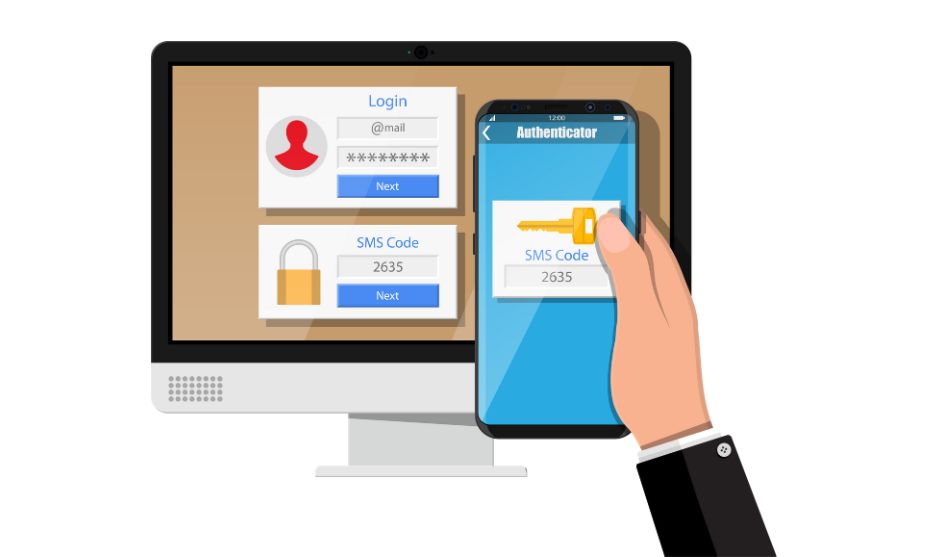Quick Small Business Cybersecurity Checklist for 2024

As the digital landscape evolves continuously, small businesses face increasing risks of cyberattacks. That’s why it is necessary to stay proactive and implement a robust cybersecurity strategy in 2024 to protect your business from potential threats.
This article contains a comprehensive small business cybersecurity checklist for 2024, providing you with essential steps to safeguard your business in this advanced digital landscape.
Small Business Cybersecurity Checklist for 2024
- Assess Your Current Cybersecurity Measures
- Opt for Passphrases Over Passwords
- Regularly Update and Patch Software
- Employee Training and Awareness
- Firewall and Antivirus Protection
- Secure Wi-Fi Networks
- Data Backup and Recovery Plans
- Multi-Factor Authentication (MFA)
- Incident Response Plan
- Vendor Security Assessment
- Regular Security Audits
- Cybersecurity Insurance
- Compliance with Data Privacy Regulations
Assess Your Current Cybersecurity Measures
Before making any changes, assess your current cybersecurity measures. Understand your strengths and weaknesses to identify areas that need improvement. Start by evaluating:
- Network Security- Examine the security of your network infrastructure. Ensure your firewall and intrusion detection systems are up-to-date.
- Software Inventory- Create an inventory of all software used in your business. Identify outdated or unsupported software.
- Data Encryption- Review data encryption protocols for sensitive information. Ensure it meets industry standards.
- Access Controls- Analyze who has access to critical data. Restrict access to essential personnel only.
Opt for Passphrases Over Passwords
Consider using passphrases instead of traditional passwords, and make it a practice to change them regularly. Passphrases are typically more memorable for you and more challenging for cybercriminals to decipher.
Use something distinctive like ‘My Pass Is $trong’ that incorporates spaces, special characters, and numbers, depending on the specific requirements of your applications. If you face problems in remembering strong and long passwords, use of encrypted password manager is recommended by security experts.
Avoid reusing the same passphrase across different accounts. Cyber attackers often exploit lists of previously compromised passwords, attempting to gain access to multiple systems. To manage your passphrases securely, it’s advisable to utilize a password manager. Develop a strong password policy that includes:
- Complexity- Require passwords to include a mix of upper and lower-case letters, numbers, and special characters.
- Regular Updates- Enforce password changes at regular intervals.
- Multi-Factor Authentication- Promote the use of MFA for added security.

Regularly Update and Patch Software
Outdated software can have vulnerabilities that hackers exploit. Regularly update and patch all software, including operating systems and applications. Implement the following strategies:
- Automated Updates- Enable automatic updates for software wherever possible.
- Patch Management- Establish a patch management system to monitor and apply security patches promptly.
- Third-party Software- Don’t forget to update third-party applications and plugins.
Read Also: Advantages of AI in Cybersecurity for Threat Detection
Employee Training and Awareness
Invest in cybersecurity training for your employees. Teach them to recognize phishing attempts and understand the importance of cybersecurity in their daily tasks. Training should cover:
- Phishing Awareness- Educate employees on how to spot phishing emails and what to do if they encounter one.
- Social Engineering- Teach them about social engineering tactics used by hackers.
- Data Handling- Explain proper data handling procedures to minimize the risk of data breaches.
Firewall and Antivirus Protection
Install and regularly update firewalls and antivirus software to prevent malicious software from entering your network. Ensure the following:
- Firewall Configuration- Customize firewall settings to match your business’s security needs.
- Real-time Scanning- Enable real-time scanning for antivirus software to detect and eliminate threats as they arise.
Secure Wi-Fi Networks
Ensure that your Wi-Fi network is secure by using strong encryption, changing default router passwords, and setting up a separate guest network. Take the following precautions:
- WPA3 Encryption- Use the latest Wi-Fi encryption standard for added security.
- Guest Network- Set up a separate guest network with limited access to your primary network.
Data Backup and Recovery Plans
Regularly back up your business data and have a solid data recovery plan in place to minimize downtime in case of a cyberattack. Key considerations include:
- Automated Backups- Set up automated backups for critical data.
- Offsite Storage- Store backups in a secure, offsite location.
- Regular Testing- Periodically test data recovery procedures to ensure they work effectively.
Multi-Factor Authentication (MFA)
Enable MFA for all your important accounts. It improves security by requiring more than just a password for access. Implement MFA for:
- Email Accounts- Protect email accounts with MFA.
- Financial Accounts- Secure financial accounts with additional authentication methods.

Incident Response Plan
Create a clear incident response plan that outlines how your business will handle a cybersecurity breach. Be prepared for the worst-case scenario by:
- Defining Roles- Assign specific roles and responsibilities for incident response team members.
- Communication Plan- Establish a communication plan to inform employees, customers, and authorities if a breach occurs.
Vendor Security Assessment
If you work with third-party vendors, ensure they meet robust cybersecurity standards and have secure data handling practices. The assessment process should include:
- Security Audits- Regularly audit and assess vendor security practices.
- Contracts- Ensure vendor contracts include cybersecurity clauses and responsibilities.
Regular Security Audits
Conduct regular security audits to identify vulnerabilities and address them promptly. Cyber threats evolve, so your security measures should, too. Audit areas like:
- Network Security- Continuously assess network security and adapt to emerging threats.
- Employee Training- Periodically evaluate the effectiveness of cybersecurity training programs.
Cybersecurity Insurance
Consider investing in cybersecurity insurance to protect your business financially in the event of a breach or data loss. Key considerations include:
- Coverage- Ensure the insurance policy covers a wide range of cyber threats and data breaches.
- Policy Review- Regularly review your insurance policy to make necessary updates.
Compliance with Data Privacy Regulations
Stay informed about data privacy regulations that may apply to your business and ensure compliance to avoid legal issues. Some steps to maintain compliance include:
- Regular Updates- Stay up-to-date with evolving privacy laws and adjust your practices accordingly.
- Data Handling- Implement data handling procedures that align with legal requirements.
Conclusion
In 2024, protecting your small business from cyber threats is not an option but a must. By using this cybersecurity checklist, you will be better able to protect your business, data, and reputation from potential threats in next year and beyond.




